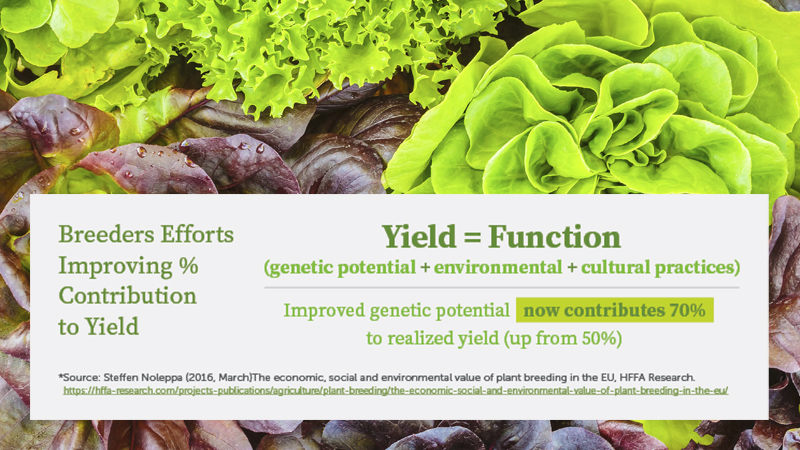Ways More Growers Are Making the Transition to Biocontrol
Growers’ adoption of biological crop protection is taking off around the world. Forecasts for the global biological crop protection market from the USDA-FAS Global Agricultural Information Network predict a compound annual growth rate (CAGR) of 16.4% between 2020-2025. Each year shows a steady increase in biocontrol sales worldwide, estimated to grow the market to $11.1 billion in 2025.
Yet, there is still space for growth — acres and acres of it.
Biological crop protection only makes up 8% of the worldwide chemical pesticide market, with 60% of that market in North America and the European Union, according to the FAS’ Brazilian Legislation for Biopesticides – On-farm Biopesticides Production report.
The shift from synthetic pesticides to biologicals is happening. The proof is clear as the industry watches the larger crop protection companies acquire biological companies. Bayer in August 2022, announced its first biologics strategic partner, Ginkgo Bioworks, with the purpose of focusing on biological crop protection and carbon sequestration.
Then there was Corteva’s acquisition of Stoller and Symborg last year. “These acquisitions were key accelerators to our biologics strategy and catalyst to expand our R&D program,” says Sam Eathington, Executive Vice President, Chief Technology and Digital Officer for Corteva Agriscience. “We approach biologicals as complementary to our crop protection business. Our goal is to utilize biologicals as another mechanism to address grower and consumer needs in the crop protection market.”
But as with anything, changing from a traditional crop protection program using solely synthetics to one that incorporates biologicals is not as easy as simply putting a new active ingredient in the spray tank. Methods and strategies for biological application can be very different than synthetic products. That learning curve can limit results and return on investment for growers initially. Over the years, this has contributed to a reputation for biologicals having poor efficacy. Additional barriers include higher costs, storage issues, and multiple applications — all together these have contributed to growers’ skepticism and barriers to use.
Yet, consumers, governments—and growers themselves—are looking for healthier, safer methods to protect crops as well as the health of all individuals involved in growing and consuming food products.
Education is a large part of helping growers adopt biocontrols as shown by companies’ customized programs. Certis Belchim’s Growing for the Future program uses IPM, incorporating both biological and synthetic products to meet the EU’s stringent requirements as well as European supermarket standards.
Laurence Gutiérrez, Business Development Manager for Certis Belchim, explains the Growing for the Future program.
“Before we set up any program, we meet with the grower,” Gutiérrez says. “Then we don’t fail. A green product or a biopesticide has to be integrated into a program or applied in the right place and time to control a pest. We cannot just leave the products to be used by the grower without support. This transfer of knowledge to the grower is what is helping us to get success.”
For more, read the full article as part of our special Global Insight Series report on Biological Crop Protection.
In addition, check out the previous reports in Meister’s Global Insight Series covering a range of topics from Soil Health to Irrigation Innovations to Agricultural Technology.










